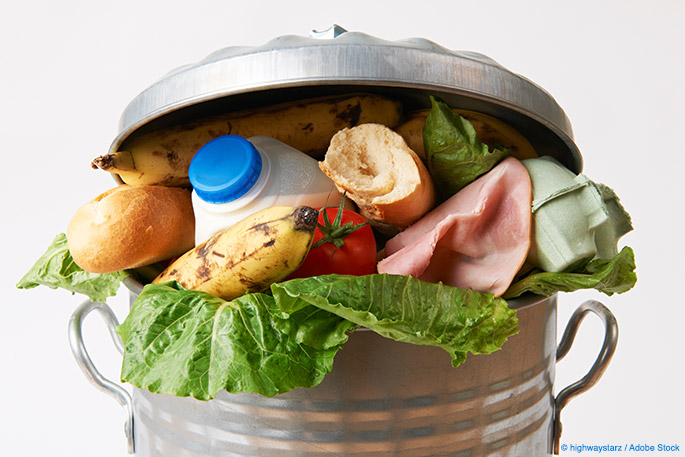
Food waste is a huge issue in the United States, and it’s one we don’t often think about. However, as much as 40 percent of the food we grow in the U.S. goes to waste, according to Waste 360. It’s bad enough that all that food is rotting in a landfill, or just left on the ground during harvest time because it means we have people going hungry in a nation that’s literally throwing food away. However, all that food waste is also impacting the environment, because rotting food puts out a huge amount of greenhouse gas.
Is it possible to kill two birds with one stone, and use all this food waste to solve our problems? Possibly.
Potential Food Waste Solutions: Remixing, and Green Energy?
The biggest problems to overcoming the problem of food waste are time and transportation costs. France, for example, has passed laws that grocery stores must donate unsold produce to food pantries and other, similar charities. In the U.S. the sheer cost of transporting that food is prohibitive. Especially when we consider how little time there is to get it from an unsold bin and onto someone’s plate before it spoils. However, just because there are challenges doesn’t mean we haven’t found solutions.
One solution for fruits is to take the “ugly” and unwanted fruits, which are still perfectly good, and to turn them into different products. Fruit bars and other health food products use pulped and processed fruit, making these rejected foods ideal fodder for the manufacturing process. Not only does this keep these fruits from going to waste, but fruit bars weigh less, cost less to ship, and will last longer on the shelf than whole fruits do.
Another solution that’s been proposed is to expand the use of anaerobic digestion technology in the U.S. This green energy takes organic waste and turns its breakdown into electricity. While far from unknown in the U.S., anaerobic digesters are largely thought of as something you use on a farm, or as an expensive municipal power source. A new facility can cost as much as $50 million, but when compared to how much power they could produce from the food waste we’re generating as a nation, it starts to look like quite a viable solution.
These are, of course, in addition to other solutions such as composting, using food waste as animal fodder, and conversion into other products.
While the issue of what to do with so much food waste is a pressing one, there isn’t a single solution. It’s going to take a combination of several different plans if we’re going to cut down on this mountain of organic refuse. The first step, though, is admitting there’s a problem. The next step is to start trying out solutions to see what works.




































































































































 Three Ways to Engage Teams and Clients to Maximize Your Recycling Program Engagement
Three Ways to Engage Teams and Clients to Maximize Your Recycling Program Engagement  How to Integrate Accessibility Into Your Sustainability Planning
How to Integrate Accessibility Into Your Sustainability Planning  Why Park Benches Can Promote Workplace Well-Being
Why Park Benches Can Promote Workplace Well-Being 
